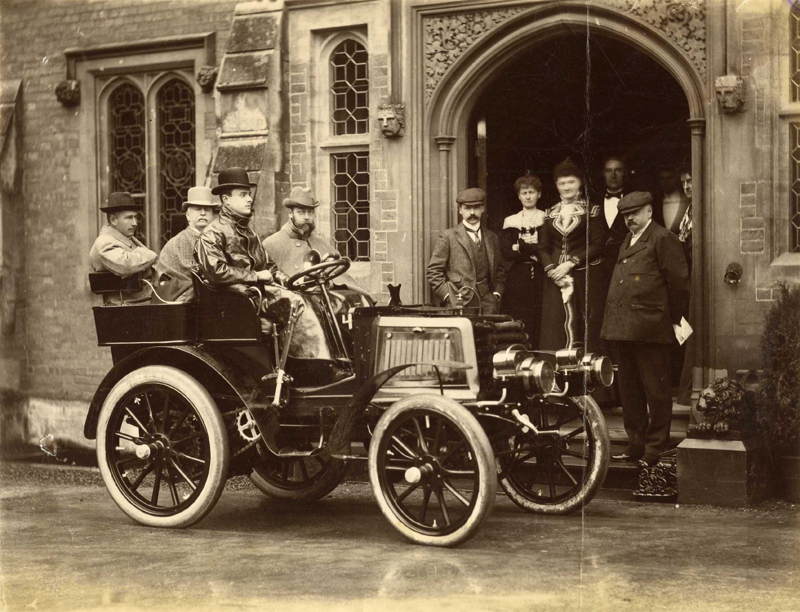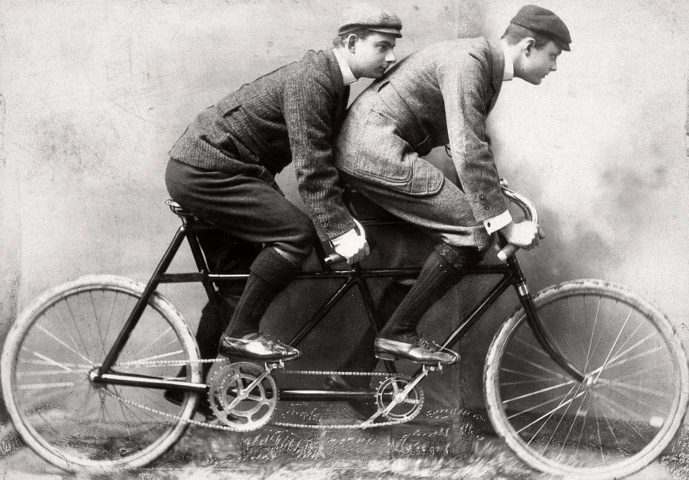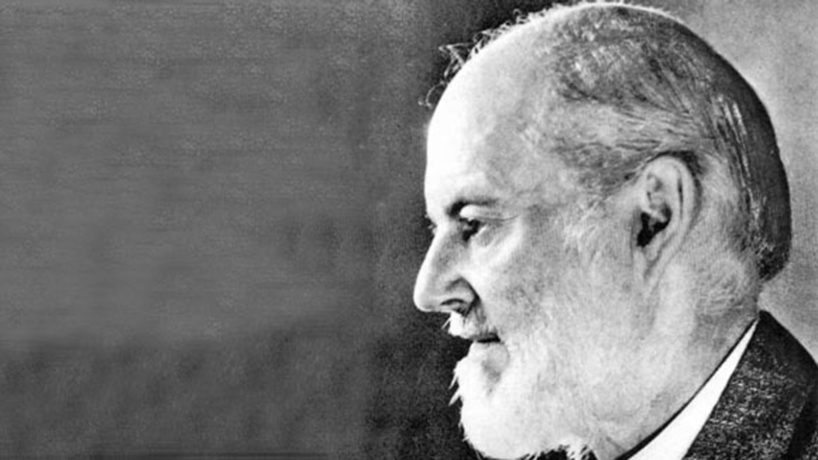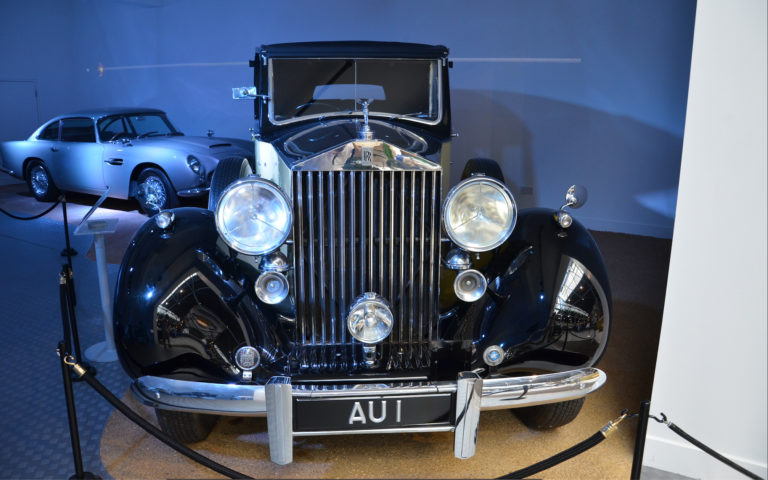Charles Stewart Rolls
August 27, 1877 – July 12, 1910
The Honourable Charles Stewart Rolls (August 27, 1877 – July 12, 1910) become one half of the legendary Rolls-Royce partnership.
He was a son of the 1st Baron Llangattock. Educated at Eton and Trinity College, Cambridge, and early on developed a strong interest in engines. He owned his first car at 18 and his interest in automobiles and aeroplanes was to be his life’s work. Rolls was a tall man, standing 6’5″.
His business acumen and financial backing complimented his partner Royce’s engineering excellence to great effect.


"Dirty Rolls" & "Petrolls"
The Honourable Charles Stewart Rolls was born on the 27th August 1877 in 11 Hill Street, nearby to Berkeley Square, Mayfair. He was the third son of Lord and Lady Llangattock of Monmouthshire. His early death just 32 years later meant that historically Rolls might be unjustly labelled as a mere playboy, fop or dandy. He was certainly born to a world of privilege and wealth but he was never happier than with his sleeves rolled up and covered in grease, which earned him the nickname “Dirty Rolls” or “Petrolls”. However he will be remembered for far more than the car manufacturer that he formed and leant his name to.
Rolls graduated from Cambridge, where he studied mechanical and applied science and where he won a Half Blue at cycling in 1898. He started selling imported Panhard cars from his showroom in Fulham, London as C. S. Rolls. Prompted by declining sales he searched for a reliable, high-quality alternative. His quest found him a British self-taught engineer by the name of Henry Royce. On 4 May 1904, Rolls travelled to the Midland Hotel in Manchester to meet with Royce. The meeting ended with Rolls returning to London in a borrowed Royce car, waking Claude Johnson (now known as the hyphen in Rolls-Royce) at midnight and proclaiming to have “found the greatest motor engineer in the world”.
“I’ve found the greatest motor engineer in the world”
A fearless racing driver and pioneering aviator
Before this historic meeting Rolls was a fearless racing driver. In his first race in France in 1899, Rolls finished fourth in his class, driving an 8hp Panhard and Levassor. In 1903 he competed in the fateful Paris to Madrid town-to-town, an event which claimed the lives of thirty-four drivers and spectators. He held the unofficial land speed record in 1903 piloting his 80hp Mors to nearly 83 mph along the course in the Duke of Portland’s Clipstone Park.
Rolls was not only a enthusiastic motorist. He was a keen balloonist and an early pioneering aviator.
Rolls was the second person in Britain to be licensed to fly.
In 1901, three wealthy motorists, Frank Hedges Butler, his daughter Vera and the Hon Charles Rolls took a balloon flight. Over a glass of champagne, they agreed to form the Aero Club. Uniquely, and probably as a result of Vera’s presence they club was open “equally to ladies and gentleman, subject to election”. Later in 1910 it would become the Royal Aero Club.
In 1903 he won the Gordon Bennet Gold Medal for the longest single flight time.
Following the formation of Rolls-Royce, Rolls turned his attention to the Isle of Man Tourist Trophy. After frustration in 1905, Rolls returned in 1906 winning in a Rolls-Royce Light Twenty. Upon receiving the news, staff at the Rolls-Royce plant in Derby hoisted Henry Royce aloft in triumph!
“The power of flight is as a fresh gift from the Creator, the greatest treasure yet given to man.”
‘The greatest hero of the day’
Rolls made 160 balloon ascents; won the French Aero Club medal for the longest balloon journey, 1906 (Paris to Shernborne, Norfolk) and was Captain of the London Section of the Army Motor Reserve. However after he was piloted by Wilbur Wright in August 1908 he was profoundly enthralled by heavier-than-air flight:
“The power of flight is as a fresh gift from the Creator, the greatest treasure yet given to man.”
Perhaps his most celebrated acheivement was when on the 2nd June 1910 he became the first person ever to fly non-stop across the English Channel and back. Two Frenchmen, Louis Bleriot and Count DeLesseps had already crossed the channel so Rolls helped restore national pride with his 95 minute non-stop flight. He received a telegraph of congratulations from King George and Queen Mary. One newspaper hailed Rolls as ‘the greatest hero of the day’.
By then, Rolls had resigned his position as Technical Director of Rolls-Royce and became devoted exclusively to flying, quipping that he preferred it to driving because “there are no policemen in the air.”
Just over a month after the success of his cross channel flight on 12 July 1910, at the age of 32, Rolls was killed in an air crash at Hengistbury Airfield near to Christchurch and Bournemouth when the tail of his Wright Flyer broke off during the Bournemouth International Aviation Meeting in celebration of the town’s centenary.
He was the first Briton to be killed in an aeronautical accident with a powered aircraft, and the eleventh internationally.
Rolls will probably be best remembered for helping to drive the fledging motor manufacturer which bore his name. His demonstrations and promotion of the Silver Ghost in particular, “the best car in the world” helped give Mr Royce the perfect platform for him to create and engineer greatness.
The Honourable Charles Stewart Rolls was a wealthy, 6 ft 5 inch tall man. His business acumen, drive and enthusiasm helped make Rolls-Royce one of the worlds most iconic brands. Even today, 102 years after his death his spirit lives on with the company he helped form. Rolls was classified by a friend shortly after his death as; “the stuff of which the best Englishmen are made”.
Rolls retained a strong family connection with Monmouthshire, Wales where he is laid to rest. A statue in his memory, was erected in Agincourt Square, Monmouth.
Learn more
Rolls-Royce Phantom chauffeur car







